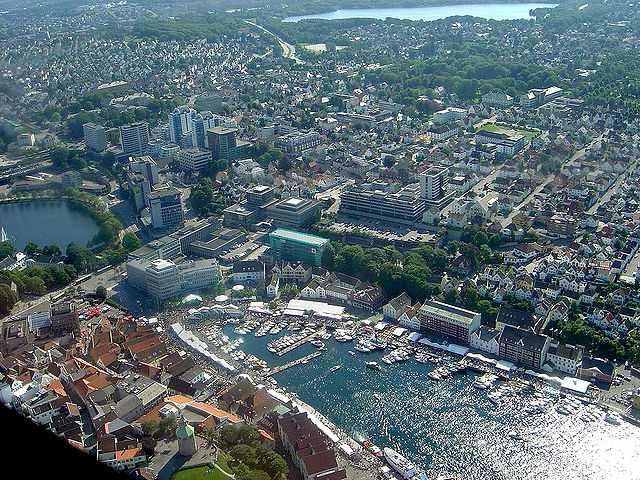FOR THE FIRST FEW DAYS I was lost. My eyes were not accustomed to the skyscrapers and they did not surprise me; they did not seem like man-made, man-inhabited constructions, but rather like rocks and hills, dead parts of the urban landscape one finds in cities built on a turbulent soil and which you pass without even noticing. – J.P. Sartre 1
- Jean-Paul Sartre, Literary and Philosophical Essays (1962), American Cities, 114.
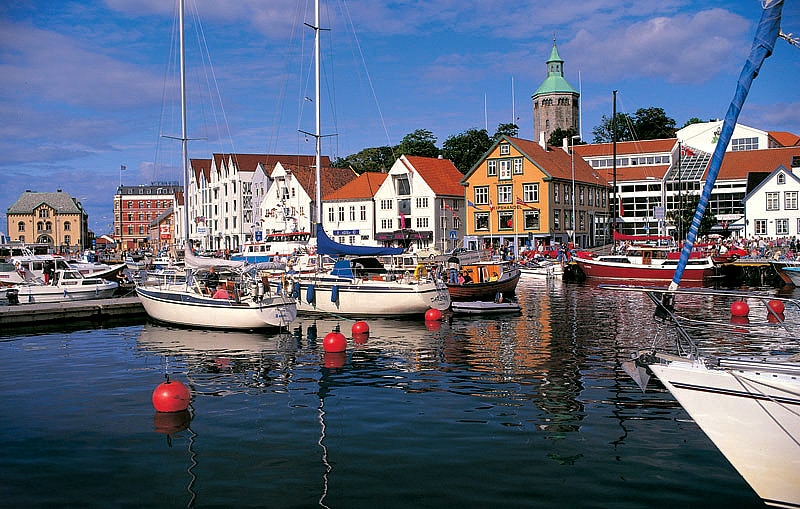
For the first few days, I was lost. I had to learn the sounds, tones, and amplitudes of light. At this latitude, in late May it never gets entirely dark, and as the day passes the level of brightness descends for a while into milky grayish tones before returning swiftly to its full sharpness. It is almost impossible to distinguish evenings from mornings. Perhaps that is also why it seems scary when, in the afternoon sun, a sudden movable shadow covers the city – a shadow cast by a giant cruise ship. A wave of people moves for a while through a silent part of the Old Town before overflowing into the local bars, cafes, and shops surrounding the rather unpretentiously-sized harbor.
Walking through the city of Stavanger gives one an impression that nobody lives there for good; a beautiful horizon line cut by an oil platform, Viking t-shirts sold on the main square, empty streets full of graffiti, shops, countless hairdressers and salons, and Thai massage places. And the noise; the recurring helicopter sound constantly reminds one of the temporary work contracts – an echo of an oil capital. One can go shopping, indulge oneself in food and drink in one of the many restaurants or bars, but what else? In this tiny city I felt lost.
Going beyond what you know is a process and many people never go beyond what they know, as advertising, alarmist news, technology, incessant busyness, and the design of public and private space conspire to make it so. 2
- Rebecca Solnit, A Field Guide to Getting Lost (2006), p.13.
The word “lost” comes from the Old Norse los, meaning the disbanding of an army, and this origin suggests soldiers falling out of formation to go home, a truce with the wide world. What are you looking for that requires you to go beyond what you already know?
The Art City
(La bohème)
Berlin, London, Paris, Amsterdam, New York… What is it that makes a specific location a place with and for art? Most often – a city? Inherited cultural patterns of the Western imagination make me think of the industrialization of the late XIX century, and a moment when the city as concept gained meaning as a part of the modernist self-consciousness or self-reference. The cities existed for thousands of years, and many of them were important culture places throughout time, but during that long history they were mostly associated and remembered as the centers of political domination and power. Modernism, a moment of transformation in Western society coinciding with change on the economic, social and cultural levels, brought about new discourse, a new narrative of art, of the city, and a supplementary concept at the margins; la bohème – groups of people formulated around common interests, discussions, arguments, and foremost friendships or other personal relationships against the establishment.
Right in front of my eyes, I can clearly see all of the clichés: the ideal of modern art that comes with mythical Parisian late nightlife bars, café gatherings, and early mornings with an accompaniment of accordion melody. It comes with dusty attic studios of genius male artists and naked muses with too much absinthe, opium, and sex (so nicely pictured by Collete). It comes with slowly strolling flâneurs – necessarily in hats, and with a stick. I can see streets of New York after it stole the idea of modern art 3
- Serge Guilbaut, How New York Stole the Idea of Modern Art Reprint Edition (1985).
Talking about clichés…
There is a well-known passage from Henrik Ibsen’s biography when, after 27 years of emigration, he is coming back to Oslo. 4
- At that time known as Kristiania.
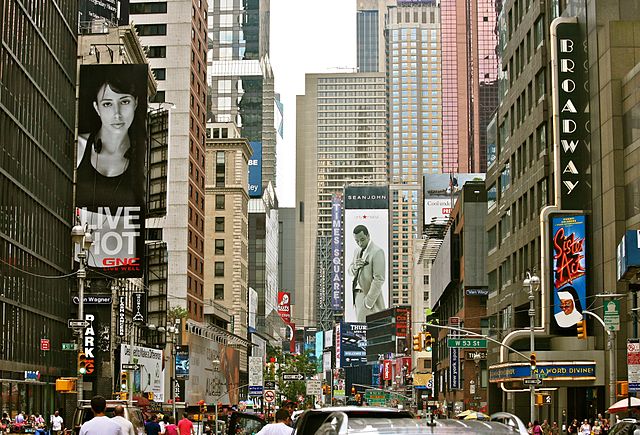
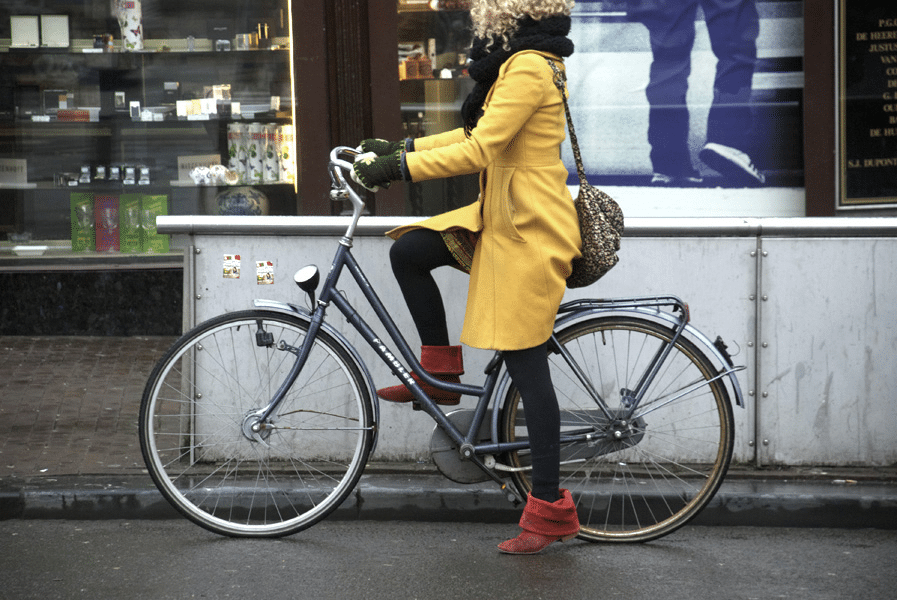
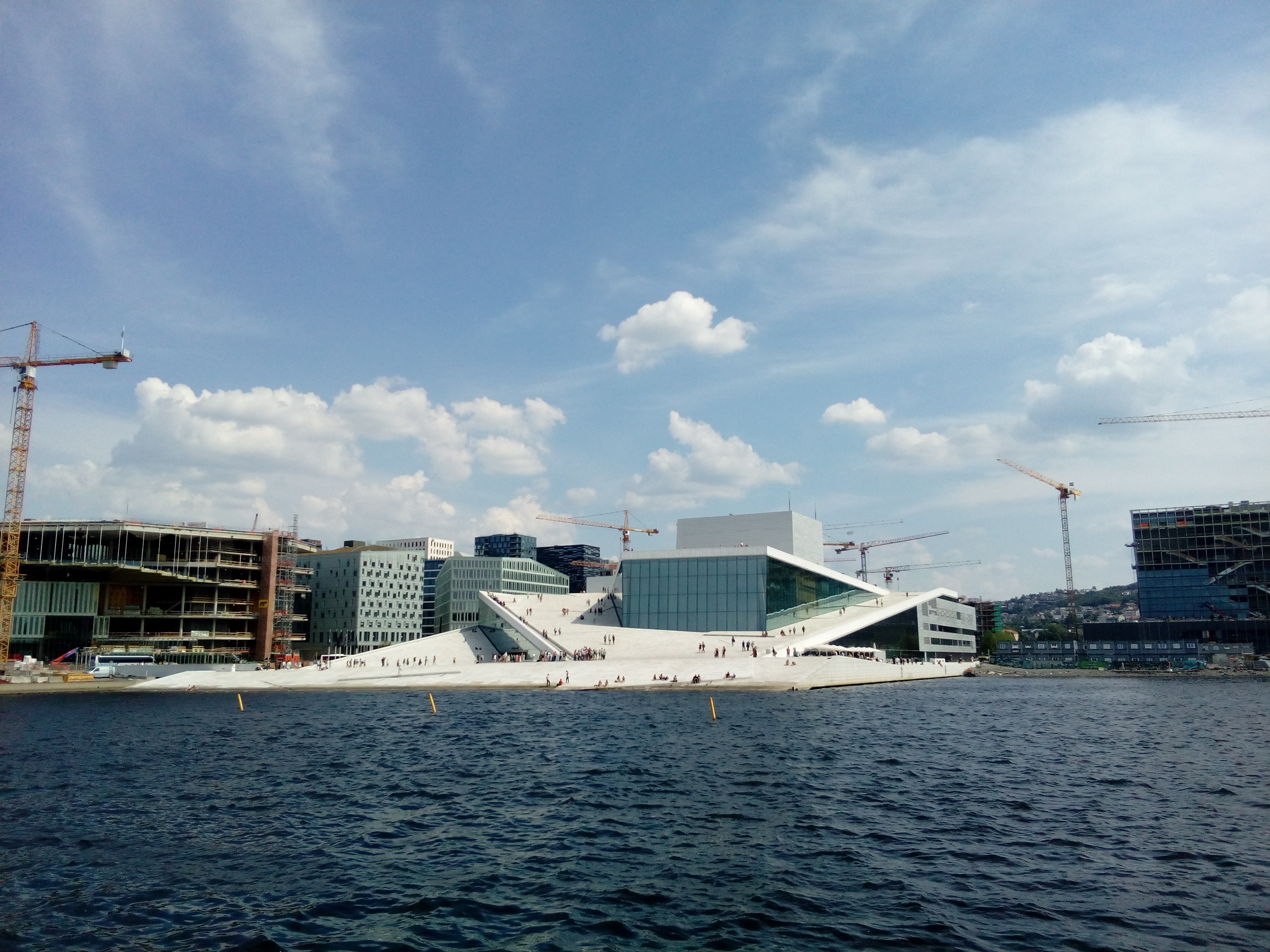
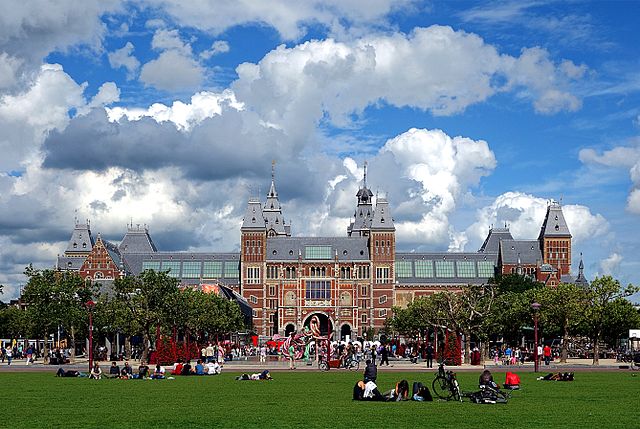
Part II
Voices from Art Metropoleis. Whispers of Neoliberalism
If you say that you are from Berlin, London, Paris, Amsterdam or New York, nobody will ask you with surprise in their voice: What are you doing there? It is as if certain places – certain cities – were self-explanatory in the context of art.
However the pros and cons of each city, if put into list form, might be at the same time obvious and surprising. “Good things about Berlin? It is green, there are lakes, bikes, music, communism, and community.” Says Zorka Wollny 5
- Zorka Wollny – artist/Berlin : http://www.zorkawollny.net/
- Abner Preis – artist/Amsterdam: http://abnerpreis.com
And Sarah Crown 7
- Sarah Crown – curator /New York: https://sarahcrown.com/
- Bartek Remisko - art administrator/New York: https://beach64retreat.wordpress.com/
There are less optimistic tones as well; the recurring refrain of a neoliberal power, of real estate ownership, and the capitalist necessity of profit versus often precarious conditions of creative work affecting other spheres of life. “A real problem in New York is rising real estate prices and living costs that make it more and more difficult to afford work and living space. That’s the main reason why many people decide to stay for a limited time only. And unfortunately, like in other parts of the world, fees for curators and artists are still under minimum wage which makes it difficult for everyone to survive without a second job,” says Sarah, and Bartek adds “Having a gallery is not always a solution for an artist either, since what sells is not always what is most interesting or really challenging. Artists, and curators, often have to compromise a lot, presenting safe & estheticized art to please the eye and sensibilities of market forces: patrons, collectors, etc. Things like social security and health insurance are a huge issue for creatives too, as is political correctness.” Similar thoughts are shared by Abner Preis. “The biggest problem in Amsterdam, of course, is the idea of real estate. Housing and studios are incredibly difficult to find; in that kind of situation it is hard to build groups in the sense of collectives, to share things as a community. Another bad thing is the economic pressure of having galleries constantly geared towards what is financially profitable; it does not help artists, especially young artists, in finding their voice.” And Zorka Wollny wraps up these concerns succinctly. “Bad things about Berlin? Gentrification and investors. All the best things in Berlin are threatened by rapid neoliberalism. That is scary.”
Virilion speed accelerates. Again clichés.
The ending phrase of a professional bio usually sounds the same: lives and works in the city. Sometimes there are two places indicating artistic commuting. But in real life conversations or small talk at art openings and parties, I have noticed that it is much more common these days to hear the question “Where are you based?” rather than “Where do you live?” A small but crucial difference. A base indicates readiness to move further, temporariness, a state of half-belonging and half-engagement. As if the nomadic fluidity of space to live was not related to various levels of engagement or relations, but rather to certain tasks, and at the same time suggesting that life itself was something happening at the margins of another project. Ironically enough, the very common need for personal ikea-zation of a new space in order to make it just a little bit cozier and individual illustrates this paradox quite well. The end result is the sameness of the all habitable spaces, marked by the little candles, wine glasses, fluffy blankets and comfy mattresses on which a head can dream of free time and real home.
Art, or more broadly speaking the culture field, is situated in a paradoxical axis of different expectations, awareness, imaginations and fluid borders of what constitutes work and free time, which altogether make this sphere extremely vulnerable in these times driven by ideals of productivity and profit.
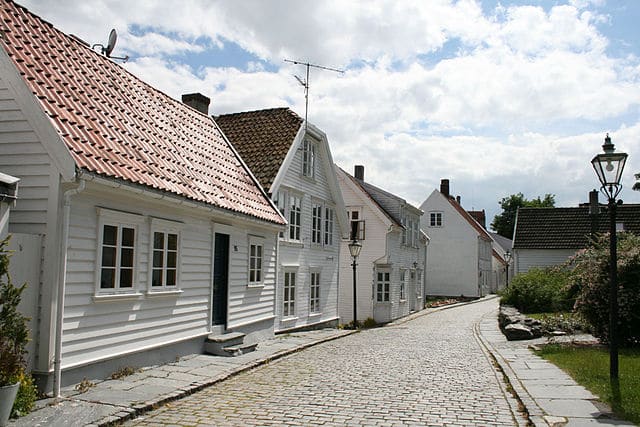
Part III
Stavanger, Norwegian Specificity, Network and the Community
Kunsten er en del av livet og livet er en del av kunsten. Jeg tenker at byen jeg bor i ikke har så mye å si for den kunsten jeg lager, og at jeg hadde laget akkurat det samme hadde jeg bodd i en annen by også. Kunsten er noe jeg har inni meg, uavhengig av sted. Men jeg vet at jeg må ha rolige og trygge rammer rundt meg for å kunne skape noe bra. Så det at jeg har valgt å bo i Stavanger er ikke akkurat tilfeldig. Jeg er født og oppvokst her. Mannen min kommer herfra. Vi har tre barn sammen. Vi har besteforeldrene til barna her. Jeg har et fantastisk atelier her. Logistikken fungerer. Og jo mindre jeg trenger å uroe meg for alt det praktiske i hverdagen, jo mer ro får jeg på atelieret. –Ingrid Toogod 9
- Ingrid Toogod – painter/Stavanger: www.toogood.no
The positive and negative attributes to living and working in this city described as – what I’ve heard from people living in the capital with a subtle smile if not irony – the Norwegian Detroit (without techno though) tell not only about Stavanger’s specificity but also something about the uniqueness of the Norwegian art perspective.
“In terms of working in the arts, I feel like there's often a battle against apathy. Stavanger has amazing artists, curators and performers that come to give talks, exhibitions, and workshops, and sometimes very few people attend, which can be frustrating. There are incredible opportunities that are often missed and the energy can feel low, especially in the winter months. I also miss good, affordable take out, and more natural street life and meeting places in the city. I find these kinds of bars, cafes, parks, etc. crucial for a thriving creative community within a city. However, the advantage is that the small groups that do attend really care, and there is a tight and very collaborative community of artists, curators, and institutions in Stavanger,” says Heather Jones. 10
- Heather Jones – curator/CAS editor/Stavanger/Stockholm: http://heatherjones.us/
Her colleague Astrid Helen Windingstad adds, “To study art history I had to move to Oslo. The University of Stavanger doesn’t have that option. It was problematic to get a job in Oslo after my education ended. In Stavanger the art community is not that big and I found it easier to get in contact with people. On the other hand, the challenge of being a small community also means fewer jobs. Working as a freelancer seemed like a great way to do it.” 11
- Astrid Helen Windingstad – curator/CAS editor/Stavanger.
Another interesting issue is connected with the art market; as Margrethe Aanestad notices, “What we are still missing in Stavanger though, are more contemporary professional commercial galleries that could both show and represent artists. Artists need someone who can represent and manage their careers on a professional level. The art community and inhabitants in general need to be exposed to contemporary art. We are in need of a stronger economy to provide sales and investments in contemporary art to strengthen the economy for artists.” 12
- Margrethe Aanestad – artist and co-curator/Prosjektrom Normanns/Stavanger.
Geir Haraldseth adds another layer: “My move to Stavanger was mostly based on professional concerns, but it affected my personal life. The city is so small, so it doesn’t make sense to go out, as the scene is the same week after week. Work is also pretty social, but it is hard to distinguish between professional and private. A dinner invitation becomes work and a coffee is a meeting. I withdrew quite consciously from the going out and socializing in Stavanger and because of this I travel a bit, and the airport has become a very important thing. The town is also a bit more conservative, not just people in general, but also the art scene. There are, of course, certain expectations, but not really an awareness of how and why these expectations exist.” 13
- Geir Haraldseth, Director of Rogaland Kunstsenter (http://rogalandkunstsenter.no) and previous positions including curator at the National Museum of Art, and the Academy of Fine Arts, both in Oslo.
Norwegian Egalitarianism and Cultural Capital as ‘Taboo’
“[From one of the interviews:] Hierarchy is a question of income and work: those above her have more money. Neither culture nor education were part of the picture. This was how most, if not all of the less educated interviewees talked about social hierarchies”. 14
- This particular, quoted fragment refers to a woman in her mid-60s who has stayed at home for more than 30 years, since her children were born. Her husband has worked in the petroleum industry. And they both have high school diplomas. The interview is a part of the major study which will be soon published online by ”Cultural Sociology” - Cultural capital as a hidden asset: Culture, egalitarianism and inter-class social encounters in Stavanger, Norway. For more info please have a look at footnote 17. Comare also; M. Jonvik M (2015) Folk om forskjellar mellom folk. Oppfatningar av kulturelle praksisar og sosiale hierarki,og deira sosiale tydingar. Doctoral thesis, University of Stavanger.
This remarkable break between cultural and financial capital can be traced in practical language 15
- I refer here to things connected particularly with the art field, but of course symptoms of break between cultural and financial capital can be traced in other areas of life.
- I’m fully aware that this issue is much more complex, and there are more factors related with that situation, however it might be linked inter alia to the cultural capital as ‘taboo’.
- The text is based on qualitative interviews with 39 people dispersed in the social space. As authors describe it in the abstract: “We find that interviewees with less education are largely indifferent to cultural capital, and secure about their own lifestyles. This diverges from Bourdieu’s depiction of the working class ‘sense of place’. Yet cultural capital has social consequences. To university graduates, taste and education often matter for self-definition and social networks. Cultural capital thus contributes to social closure. Importantly, though, the highly educated are attentive to de-emphasise their cultural capital when appropriate, especially in inter-class social encounters. They keep cultural distinctions hidden. In accounting for why our findings diverge from Bourdieu’s, possible explanations pertain to national cultural repertoires (Nordic egalitarianism) as well as broader (even transnational) changes in morality. Crucially, though, we engage with social interaction, which has been more neglected in previous research. For that purpose, we build on Erving Goffman’s theories. For cultural capital studies, we propose the concept of a ‘discursive gap’, and suggest more emphasis on social encounters.” Anders Vassenden & Merete Jonvik, Cultural capital as a hidden asset: Culture, egalitarianism and inter-class social encounters in Stavanger, Norway, Text will be published in “Cultural Sociology."
I took it as an interesting point and thought about Janteloven, 18
- The so-called Law of Jante is - broadly speaking - a code of conduct emphasizing community and egalitarianism.
- Nils Asle Bergsgard, Anders Vassenden (eds) Hva har oljen gjort med oss? Økonomisk vekst og kulturell endring (2015)
As a philosopher, in a similar way as the authors mentioned at the beginning of this text, and I would ask questions about cultural distinction. How does the habitus function in this particular case? But at the same time I would try to see the potentially good things in an unusual situation. Art and culture, from a historical perspective, have been connected with surplus, free time, and a double-bind of economic-cultural capital. At the same time, art and culture have served as a marker for the border of the other, along with patterns of professional and personal behavior, habits, choices, and relations. In such a defined sphere, professional and often private relationships function in a realm based on profit – real or symbolic. There might be establishment or established, circles, or connections, but a lack of true community.
Attention and Knowledge
(Community and Network)
“The dynamic is that, to those with higher education, cultural capital matters for selfhood and friendships. Cultural capital ‘works’ through social capital. […] In contrast to Bourdieu’s findings, we find no legitimate culture vis-à-vis which all people are forced to define themselves. One form of distinction is nevertheless important; the role of cultural capital in the formation of social networks.” 20
- Anders Vassenden & Merete Jonvik, Cultural capital as a hidden asset: Culture, egalitarianism and inter-class social encounters in Stavanger, Norway, Text will be published in “Cultural Sociology”, p. 14.
Cultural distinction works, but in a more blurry way. Coming back to the specificity of the art field. In creative practices, it is hard to distinguish between professional and private; work colleagues are often friends as was mentioned either directly or between the lines by artists or art professionals above. Then again time spent with people in various activities, not only discussions or openings, but also cooking, walking, watching movies and other engagements, is a basis for both creating networks and communities. Within the art and culture field, the difference between the two is subtle, fluid and difficult to trace, and sometimes one takes the qualities of the other depending on the context. But one thing is particularly interesting: the relationship of individuals with the physical space (hear the echo of the ownership real-estate again).
Why? While the network might operate in the work/intellectual/professional realm of temporality, the community has to be somewhere. Community is based on an idea of continuity, it thinks about the future, as it relies on real bodies acting and interacting in the space thus creating various relations of belonging and engagement. 21
- If we look at it from the other end; why engage your time and energy in temporary places? Why have an impact on how the public space looks if the view from your window is temporary? Or how can one feel responsible for the future if one's life has to be focused on surviving the never-ending now? Not surprisingly, the relationship with space also uncovers how we think about time.
- Michel Foucault, Herméneutique du sujet, Cours au Collège de France, 1981-1982, Hautes Études Gallimard – Seuil, 2001.
As he refers to the Greek origin, care is realized in an approach to the world; it is a way of looking at things and others with full, undivided attention. In that sense, care as a form of engagement functions as practice in a broader context (for instance, a community cares about things that have impact on life like green surrounding, ecology, climate change, etc.). People engage differently in the community and in the network as the aim and source of engagement is different; while community as a point of reference takes life with its various meanings and layers (like e.g. comfortable space to live, functional architecture, clear air, nice surroundings, etc.) and structure of time (in a sense that what we do now has impact on the future), network does not necessarily take the above-mentioned things into consideration – perhaps only as long as those issues are connected either with professional reasons or power. Historical traces of artistic community might be found in bohemianism, but since that time reality has changed enormously, and thus so have the concepts of society, culture and art. Borders between network and community in the art and culture field are fluid which might have both positive and negative effects. For instance when applying for certain positions, are personal connections more important than competence in certain skillsets? Is not the art world a bit hermetic? Or when one is deciding on a certain place to live, are other factors important? I leave these questions open.
Part IV
The Common Space
"I arrived in New York City, ready to lose myself in Whitman’s “Manhattan crowds, with their turbulent musical chorus.” I marveled at what Jane Jacobs praised as “the ballet of the good city sidewalk” in her old neighborhood, the West Village. I walked up past midtown skyscrapers, releasing their energy as lively people onto the streets, and on into the Upper West Side, with its regal Beaux Arts apartment buildings, stylish residents, and buzzing streets. […] Walking while black restricts the experience of walking, renders inaccessible the classic Romantic experience of walking alone. It forces me to be in constant relationship with others, unable to join the New York flâneurs I had read about and hoped to join." –Garnette Cadogan, Black and Blue 23
- Jesmyn Ward, The Fire This Time: A New Generation Speaks (2017).
Following old traces left by the Western art history, these predictable points of reference marking safe spheres to talk, discuss, write and be understood, makes one realize how many things were and still are taken for granted. Walking, strolling… When are we more ourselves but when walking, that natural state in which we repeat one of the first actions we learned? Re-reading the same phrases from a distance makes visible little breaks, cracks and absent voices not noticeable just a short while ago (and, yes, there were the invisible flâneuse – women experiencing modernist cities). 24
- Janet Wolff, The Invisible Flâneuse. Women and the Literature of Modernity (1985)
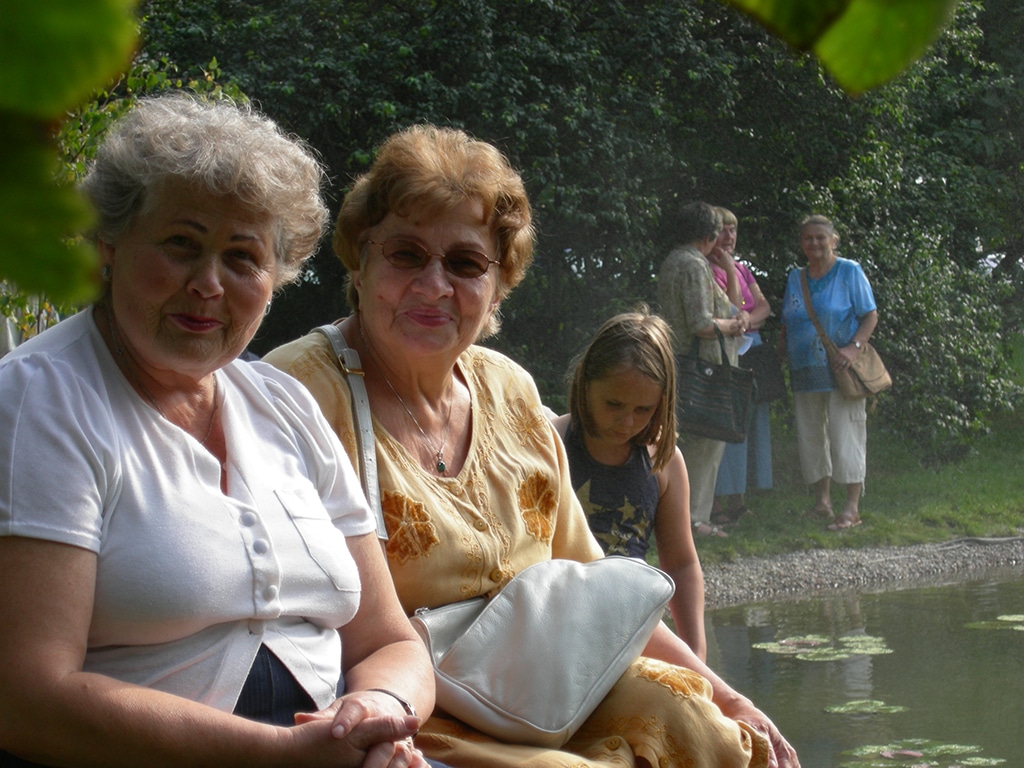
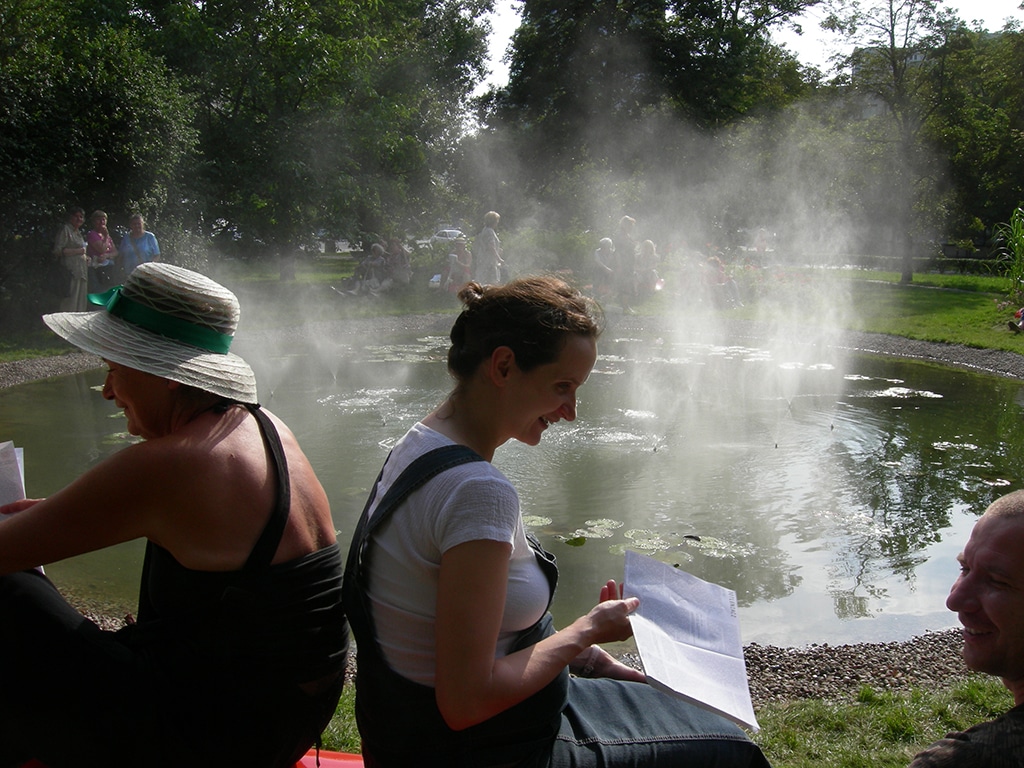
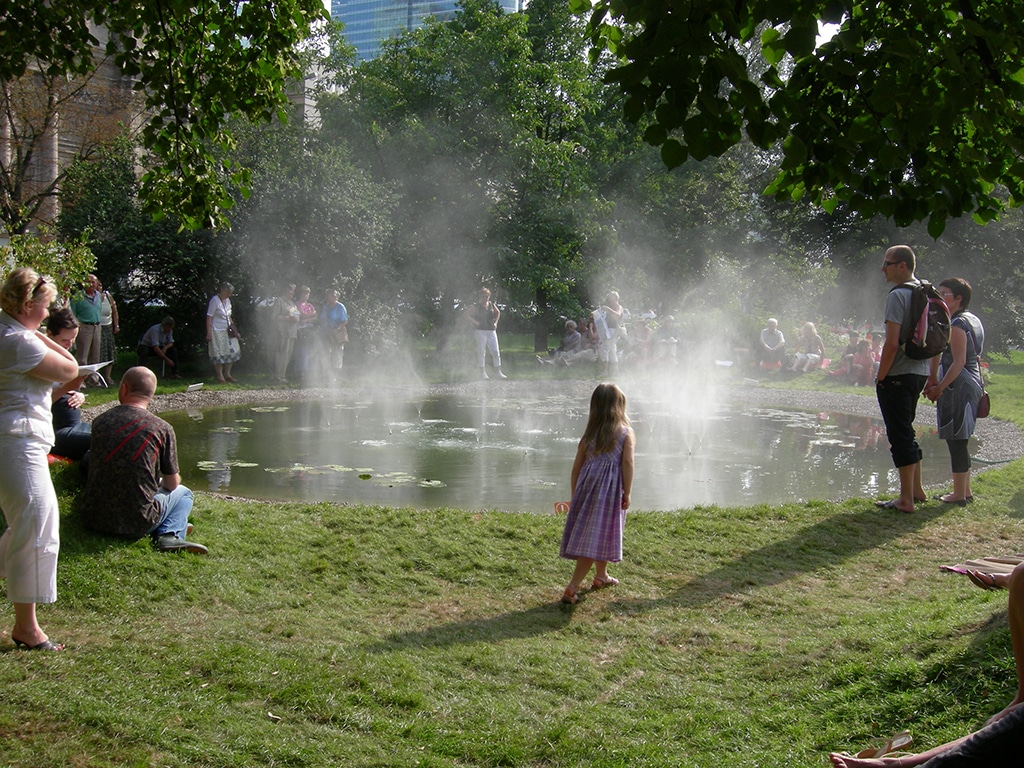
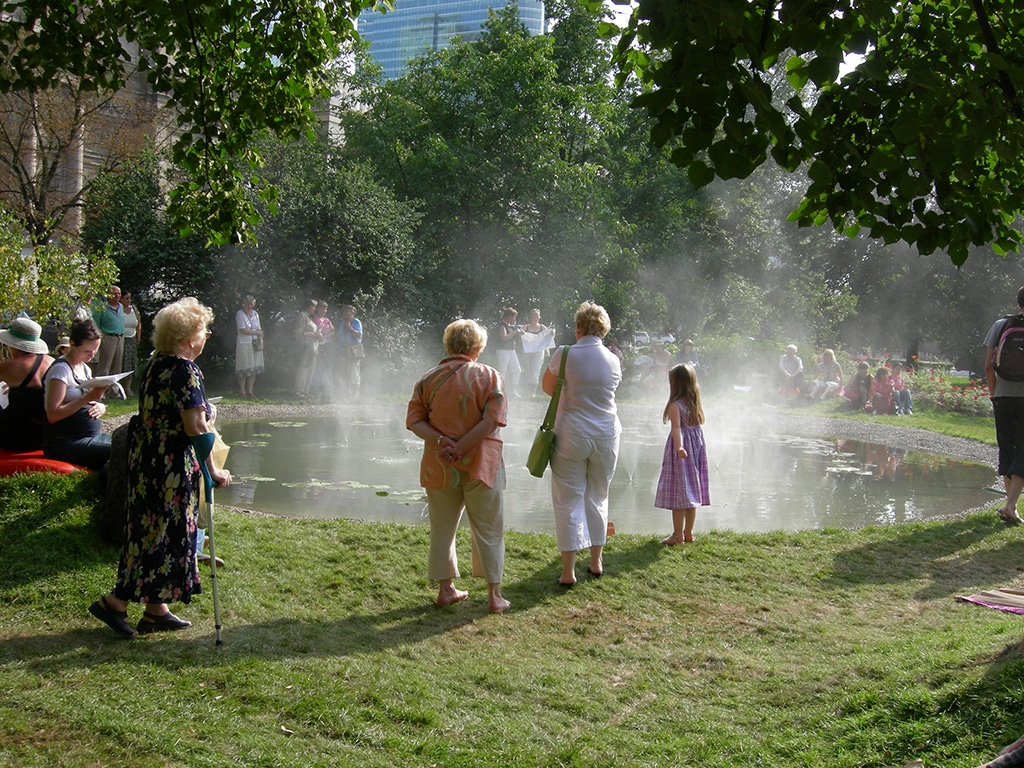
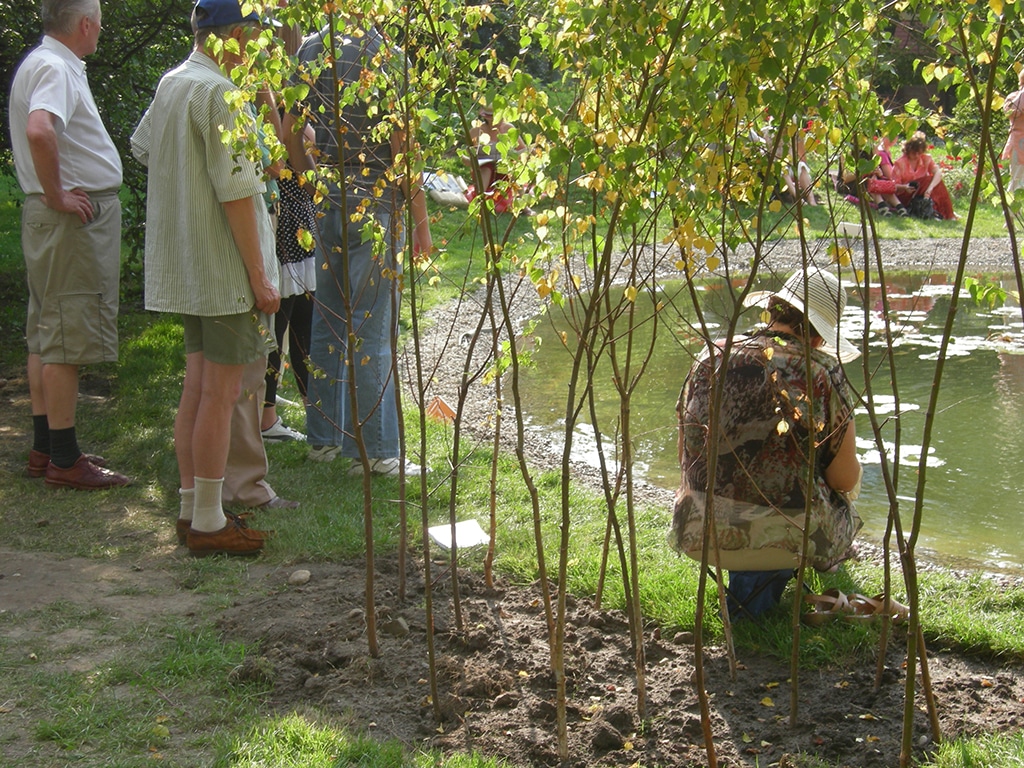
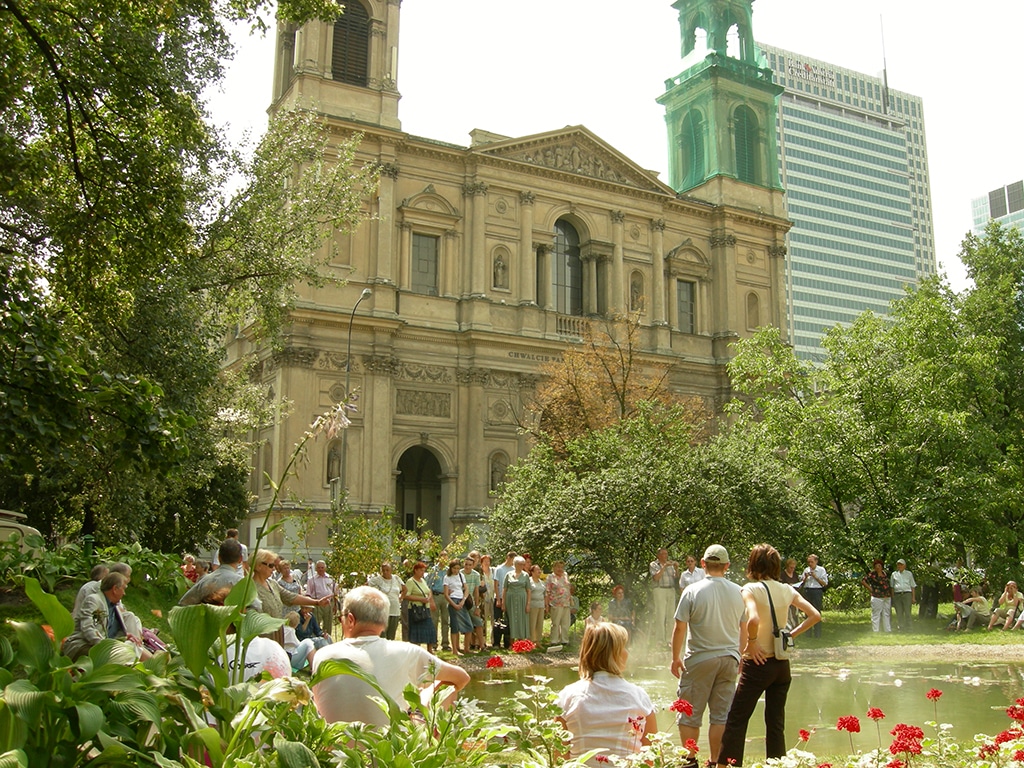
After a certain amount of time spent in a new town walking from one place to another, always having some points of reference, at a certain moment you begin to move without that burden of focus, and in a more relaxed mode start to notice different layers of urbanity. During one such relaxed and sunny walk across the bridge in the direction of Buøy, admiring beautiful views from a higher perspective, I noticed in the center of the city, an eye of water. It was surrounded by the colorful composition of towels; some people were enjoying the unusual summer weather, some swimming. A free, open swimming pool in the center of the city. A rare example of public, non-commercial space in the contemporary urban reality. As I read later, a swimming pool called Badedammen is the oldest bathing place in Stavanger with a history going back to the untidy times of 1849. During the long intervening years, there were several attempts to demolish the pond, but people protested stronlgy to save it. It was used for free swimming lessons and as a bathing place for children and workers from surrounding factories. Badedammen reminded me of The Oxygenator (2007), an artistic project of Joanna Rajkowska, a pond in the middle of the neglected lawns at the city center with greenery, shrubs, water lilies, equipped with air-ozonating and fog-creating tools. The pond was surrounded by seats for visitors, and – most importantly – they did come there. Before the installation, there was an empty place at the crossroads of different realities and social orders. The visitors coming to sit by The Oxygenator were predominantly elderly, rather underprivileged people from the neighborhood whom you wouldn’t normally see outside. The installation gave that place some life – created a common space.
I’m putting together Badedammen and Oxygenator to emphasize few already discussed things. Both of them are examples of free public space in which people can spend time together on things like enjoying the sun, reading a book, or just being outside – common life activities. To make the aim of this comparison clear; it is not about changing art places – museums or art galleries – into the swimming pools, fitness centers, playgrounds or parks, nor to say that art and culture can be limited to uncomplicated choices and does not require knowledge – no. It is more about showing the connection between thinking about the public space (versus neoliberal real estate), life activities and the art or cultural field – all these components are interconnected. How, where and in which surrounding people live and spend time – to a certain extent – can be shaped. Critical reflection and awareness is perhaps a good point to start. Lastly, It would be good to imagine community awareness and cultural capital without its side effects. It would be helpful to imagine community based on relationships, the appreciation of critical thinking and sharing without othering, economic gaps or precarity – even if it sounds naïve and utopian.
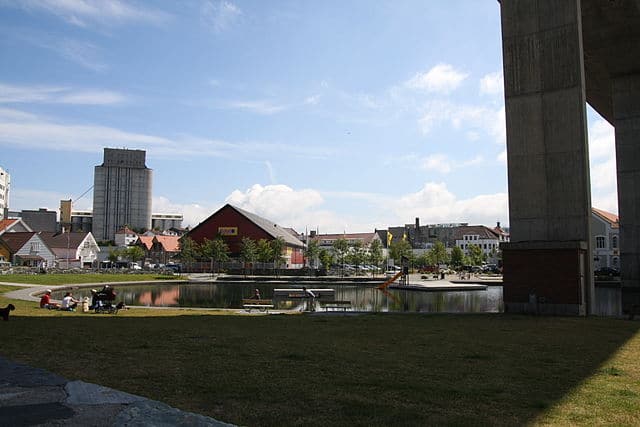
Part V
Instead of Ending
Teatro Amazonas [Amazon Theatre, 1897] serves as an opera house in Manaus (Brazil), and it is a product of the late nineteenth-century wealth made on rubber plantations, visible in the interior decorated with luxury materials, and architectural details. To that rather non-egalitarian space, artist Sharon Lockhart invited around 300 visitors and registered it in a 30-minute film made in a single shot by a static camera onstage on a tripod. What we see in the frame is the audience filling all the seats and waiting for the performance to start. It looks like nothing is happening apart from usual before-performance talks, coaching and waiting. 25
- In fact the audience listens to a composition of Becky Allen performed live by a hidden choir.
*
To write this text I asked artists and art professionals whom I met in Stavanger for their reasons or stories to live in this city; their reflections on what they like about it, or not. I am grateful for all of the comments and stories that I received; many of them were very personal which I find very rare and precious to share in the art field. I decided to keep some of them for myself. There are important things in private life that affect professional life enormously, especially in art and the culture sphere (and vice versa). They are invisible and let’s keep them like that. However it is important to remember what is left unnoticed. I would like to thank all of the people who I had a pleasure to talk with (in a real or more virtual way), meet, and spend time with during my stay in Stavanger:
And a big thank you to my art metropolis commentators: Abner, Bartek, Sarah, and Zorka who contributed to that text.
Zofia Cielatkowska is an independent researcher, writer, editor, and curator. She collaborates with various periodicals and magazines. She holds a Doctor of Humanities in Philosophy (Jagiellonian University, 2013) with her doctoral thesis focusing on performance (“Embodiment of the Subject: Philosophy and Performance within the Context of Contemporary Critique of Culture”). She is a graduate of Philosophy (Jagiellonian University, 2006) and Curatorial Studies (Art History, Jagiellonian University, 2008). In 2010, Cielatkowska received a scholarship from the University at Buffalo, State University of New York (Department of Visual Studies). She has taught philosophy courses at Jagiellonian University during and was Assistant Professor at the Academy of Art in Szczecin from 2014-16. She is a member of the International Association of Art Critics – AICA (Board Member 2017/2018), and an affiliated researcher at The French Civilisation Centre (Centre de civilisation française de l’Université de Varsovie). Her writing and research focuses on social contexts in visual arts, mechanisms of power, racism, and women’s rights. Cielatkowska has published over 50 texts, including academic papers, articles, reviews and interviews. She is based in Oslo. More at: zofiace.wordpress.com


